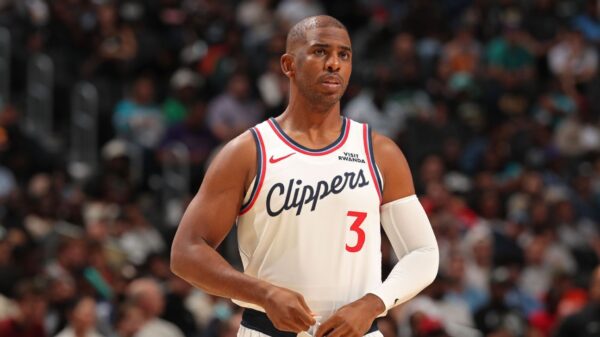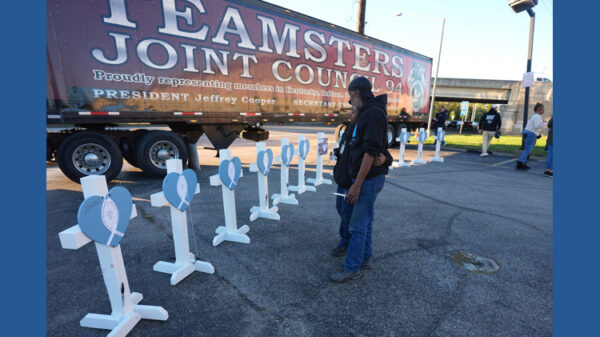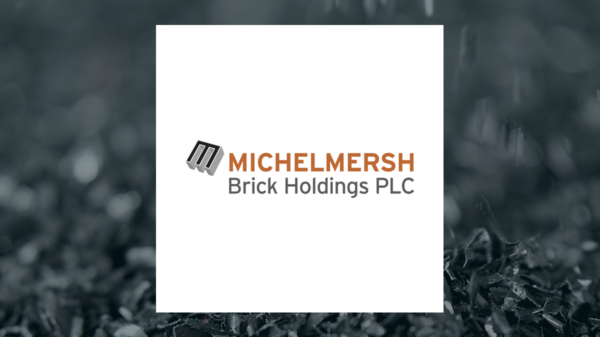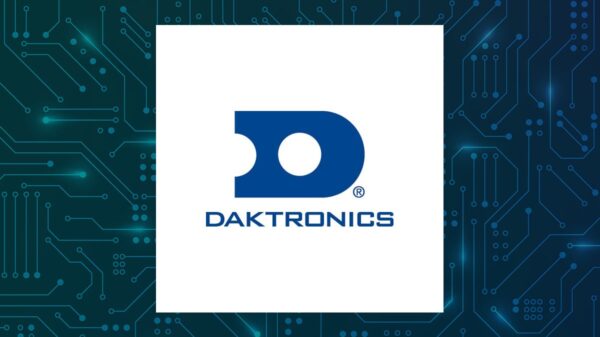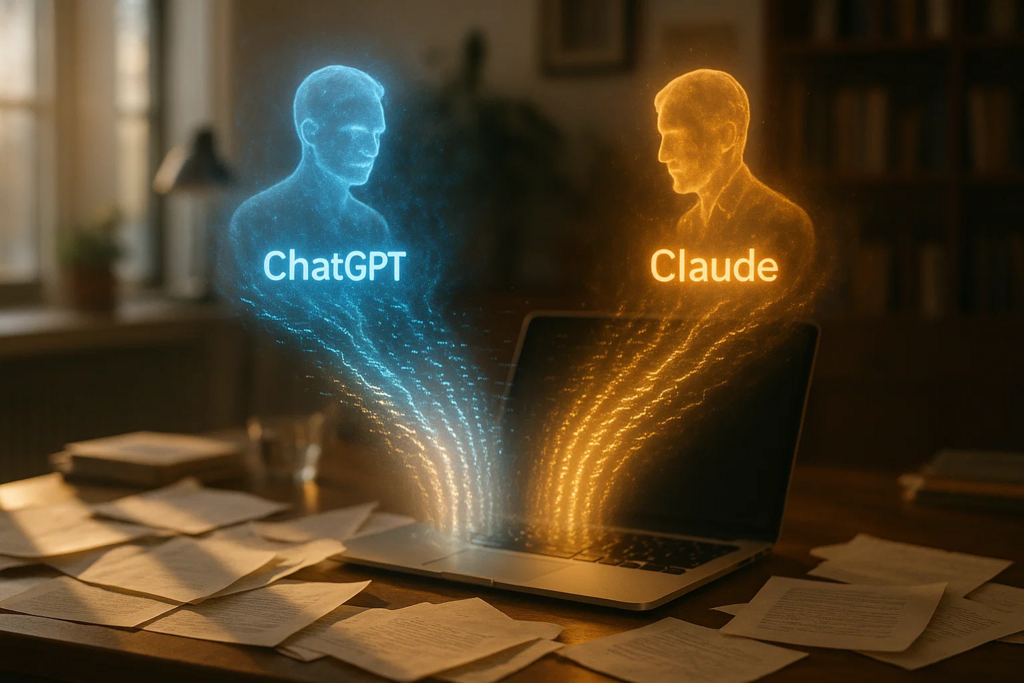Last month, a groundbreaking test conducted by Ryan, a copywriter who previously ran a successful agency, revealed significant insights into the effectiveness of artificial intelligence (AI) in sales copywriting. The challenge pitted ChatGPT 5 against Claude 3.5 across 50 real client campaigns, covering diverse sectors such as SaaS products, e-commerce, and B2B services. The results not only highlighted the strengths and weaknesses of each AI but also transformed the landscape of copywriting, prompting clients to reconsider their dependency on human copywriters.
In the experiment, both AIs crafted copy for various marketing materials, including homepage content, email sequences, ad copy, and sales pages. The performance was measured strictly by conversion rates over a 30-day period, eliminating subjective opinions and focusing on hard data. ChatGPT 5 emerged victorious in 31 campaigns, while Claude 3.5 secured 19 wins. Yet, the most astonishing outcome was an unexpected combination of both AIs, which generated conversion rates exceeding both individual AIs by an impressive 400%.
Understanding the Test Parameters
Ryan’s methodology was meticulously designed, dividing the 50 campaigns into five distinct categories: 10 for SaaS products, 10 for e-commerce stores, 10 for course launches, 10 for B2B services, and 10 for consumer applications. This structure allowed for a comprehensive analysis of each AI’s strengths in various contexts.
The results indicated that ChatGPT 5 excelled at creating emotionally engaging content. For instance, in a successful SaaS campaign, the AI’s copy struck a chord with readers by tapping into personal experiences and future aspirations. This approach led to a conversion rate of 8.7%, significantly higher than the industry average of 2%. ChatGPT 5 consistently performed well in emotional categories, winning the majority of e-commerce and consumer app campaigns.
In contrast, Claude 3.5 adopted a more analytical approach, focusing on eliminating objections with logical arguments. An example from a B2B campaign showcased its ability to present detailed financial calculations, leading to a conversion rate of 12.3%. This AI shone in environments where data-driven decision-making was crucial, particularly in B2B services.
The Unforeseen Success of Combining AIs
A pivotal moment occurred when Ryan unintentionally allowed both AIs to write copy for a single campaign. The intern combined their outputs, resulting in an astounding conversion rate of 18.7%. This fusion strategy involved utilizing ChatGPT 5 for emotional hooks while Claude 3.5 provided logical support and guarantees. The outcome was a comprehensive message that resonated with both emotional and rational buyers, leading to substantial financial success for the client, which realized $400,000 in one month.
Subsequently, Ryan’s agency faced a harsh reality when a key client requested a real A/B test using a $100,000 advertising budget. The test compared human copywriting with individual outputs from ChatGPT 5 and Claude 3.5, as well as the combined approach. The combined AI version significantly outperformed human copy, achieving a conversion rate of 11.3% and an impressive return on investment of 589%. The client’s reaction was clear: “Why do we need your agency?”
This inquiry marked a drastic shift for Ryan’s agency, which struggled to adapt to the changing dynamics of the industry.
Insights and Future Directions
Through the analysis of 50 campaigns, distinct patterns emerged regarding when to deploy each AI. ChatGPT 5 proved most effective for consumer-focused products where emotional engagement was paramount. In contrast, Claude 3.5 was best suited for B2B services where logical decision-making and detailed explanations were necessary. Notably, the combination of both AIs was recommended for high-ticket items and skeptical audiences, maximizing conversion potential.
One client recognized the value of tailoring communication strategies based on the time of day, employing ChatGPT 5 for morning emails when consumers might be more emotionally receptive, while using Claude 3.5 for afternoon emails focused on logical arguments. This strategy resulted in a remarkable 340% increase in conversion rates.
Ryan’s agency did not succumb to the pressures of AI; instead, it evolved. Transitioning from traditional copywriting, the agency now offers services like AI selection consulting, prompt optimization, and performance tracking. Prices increased by 400%, while client acquisition grew by 200%, all while reducing workload by 90%.
As Ryan reflects on the future, he predicts a landscape where human-generated sales copy will become obsolete. “The question isn’t human vs AI. It’s which AI for which moment,” he stated. His insights suggest that success in this new era will depend on strategic orchestration of AI capabilities to meet diverse consumer needs.
In conclusion, the results of this experiment signal a transformative shift in the marketing and copywriting industries. As businesses increasingly look to AI for solutions, understanding the right tools and strategies will be crucial for maintaining competitive advantages in the marketplace.





